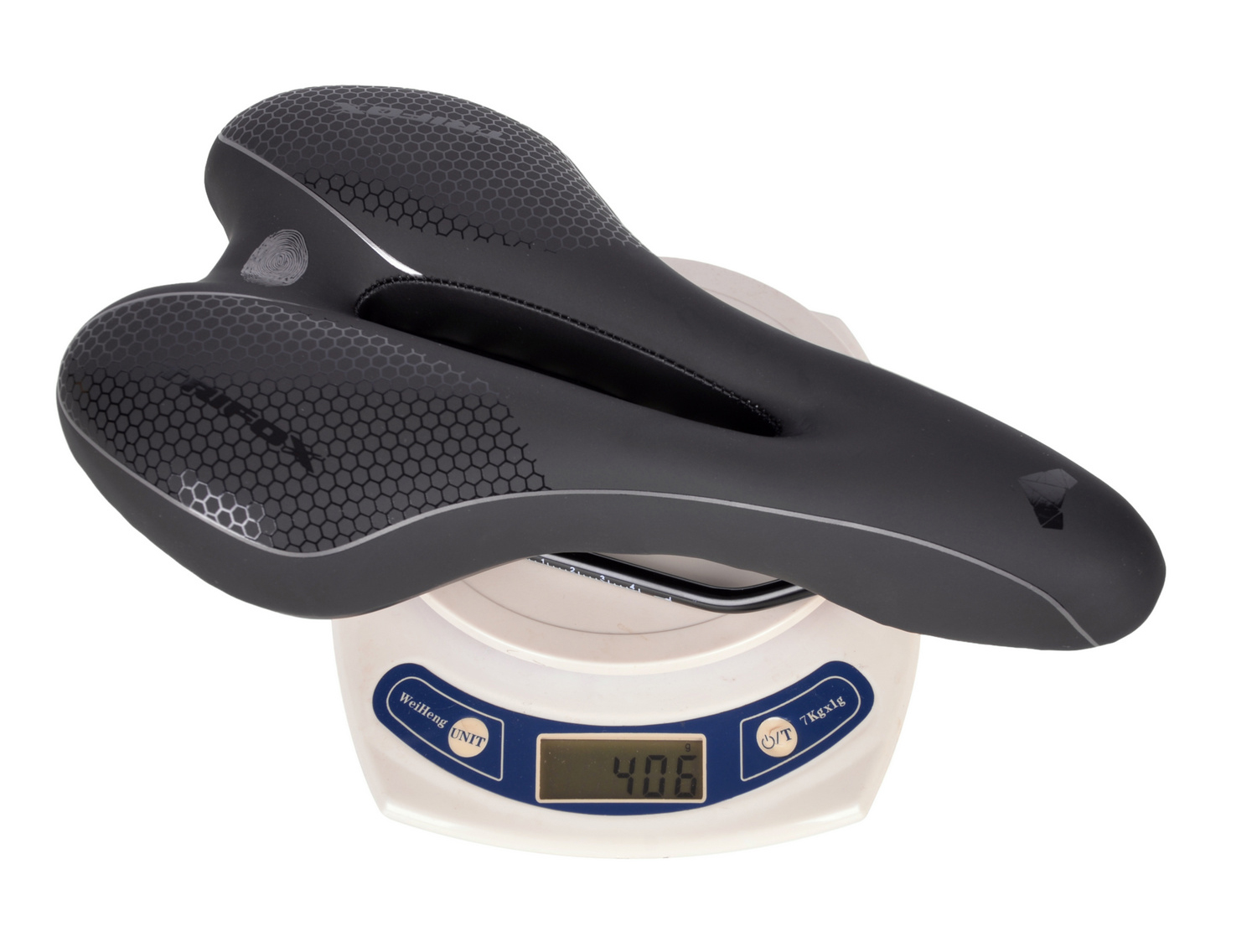Riding a road bike is an exhilarating experience that every bike enthusiast should try. With its sleek frame, drop handlebars, and lightweight build, it's perfect for cycling enthusiasts who love to challenge themselves and go on long rides. However, before you start building your dream bike, it's essential to understand road bike frameset clearance.
Frameset clearance is the gap between the frame of the bike and the wheels. It’s a crucial factor that affects your ride because it determines the size of the wheels you can use, the clearance of the frame with your body, and the comfort level you experience while cycling.
In this blog post, we’ll explore the different types of road bike frameset clearances, how to measure them and determine the right clearance size for your body, and what you should know to have a more comfortable ride.
1. Types of Road Bike Frameset Clearances
There are three main types of road bike frameset clearances: clearance for caliper brakes, clearance for disc brakes, and clearance for cantilever brakes.
Caliper brakes are the most common and work by pressing against the rim of the wheel. Frames with caliper brake clearance usually have less space between the wheel and the frame, making them ideal for racers who want a more aerodynamic bike.
Disc brake frames have more clearance than their caliper brake counterparts because the brake mechanism sits near the hub of the wheel. They provide more stopping power, which is why their clearance is more significant.
Cantilever brake clearance is less common than the other two types. However, it is still available on some older models. This clearance is unique because it provides more clearance to make room for the brake mechanism's position.
2. How to Measure Your Frameset Clearance
The first step in measuring your frameset clearance is to determine the tire size you want to use. After that, you will need to measure the height of your wheel and subtract that from the height of your frame. The resulting number is your frameset clearance.
It’s essential to measure the clearance on both sides of your wheels since they might not have the same level of clearance. In addition, make sure to measure in millimeters to get an accurate reading.
3. How to Determine the Right Frameset Clearance
Determining the right frameset clearance for your body depends on your riding style and height. For road bikes, the clearance should be around 4 to 6 millimeters. If you are using wider tires, it’s essential to have more clearance, at least 1 to 2 millimeters more per side.
Furthermore, if you are tall and want a more upright position while riding, you might need more clearance to avoid hitting your feet on the front wheel while cycling.
4. Other Factors that Affect Frameset Clearance
The type of riding you prefer also affects your frameset clearance. If you’re using your bike for commuting or touring, you’ll want more clearance because wider tires are more comfortable and provide better traction on different surfaces.
Finally, your riding style also plays a role. If you’re an aggressive rider who likes to take tight corners at high speeds, you might need a bike with less clearance and smaller tires to ensure a better grip on the road.

Conclusion:
Frameset clearance plays a vital role in the quality of your ride. Understanding the different types of clearances and how to measure them is the first step in finding the perfect bike for your body. Consider your height, riding style, and the type of riding you prefer to determine the clearance size that’s right for you. This way, you can experience a comfortable, fast, and safe ride on your road bike.




















































































